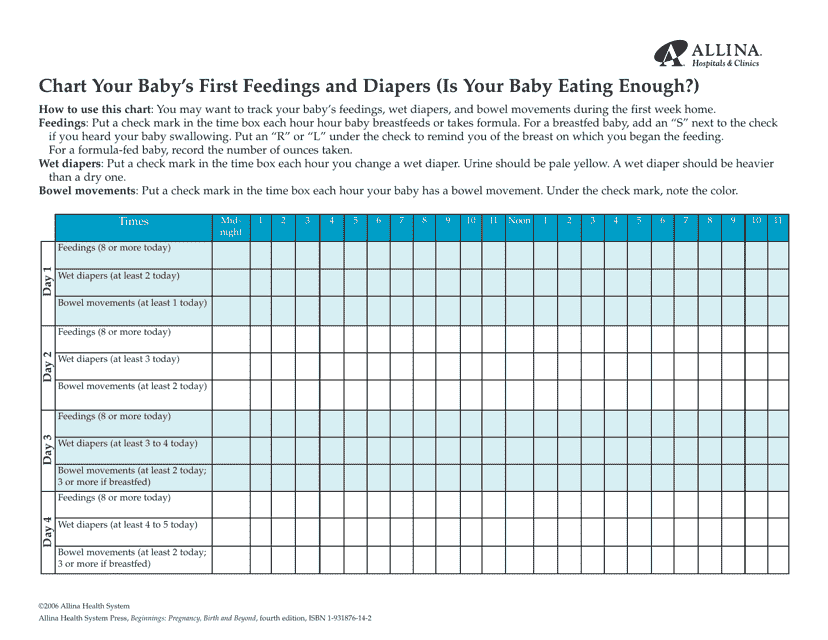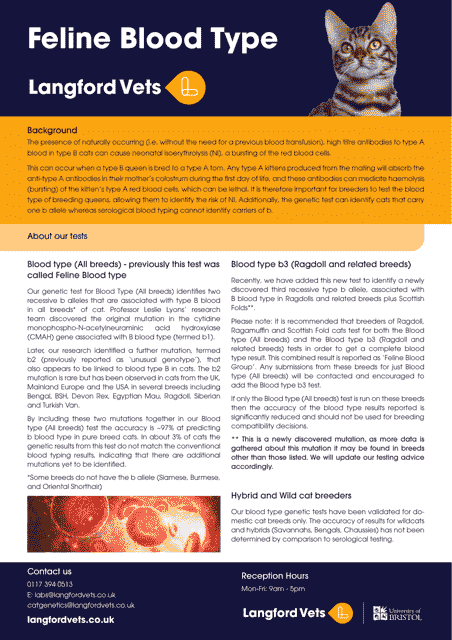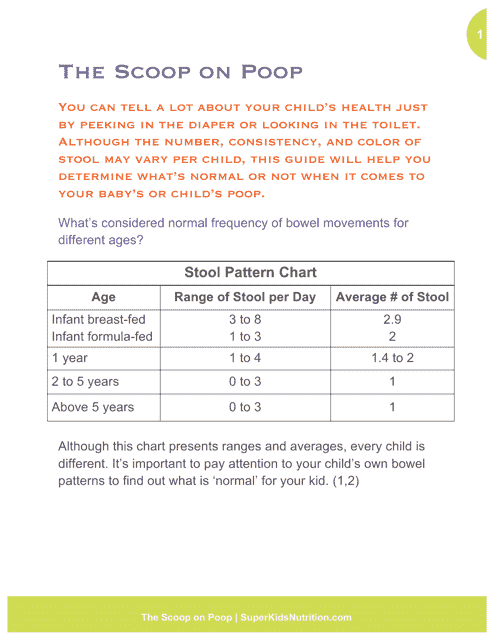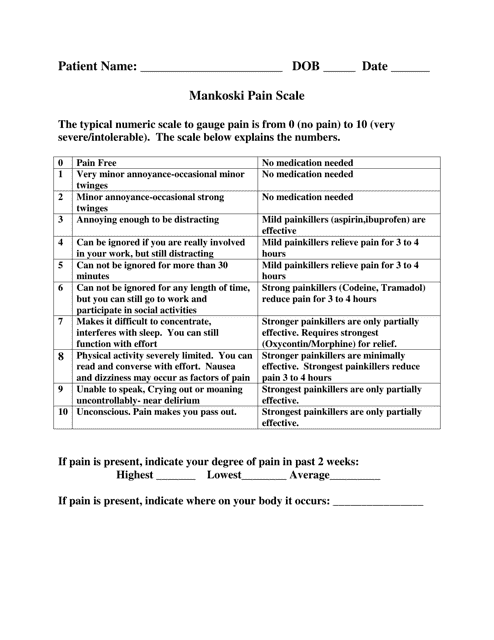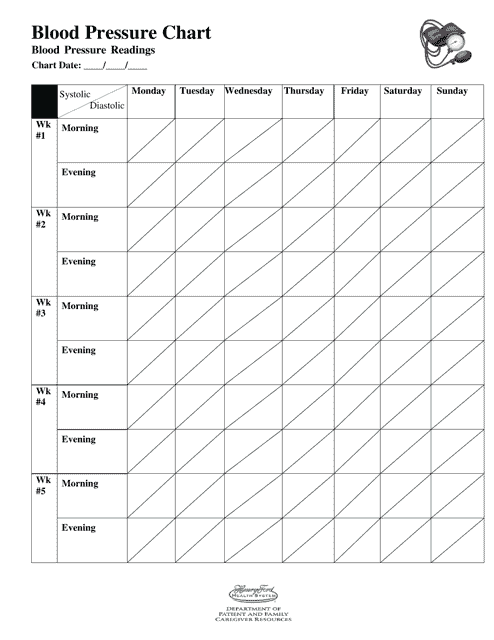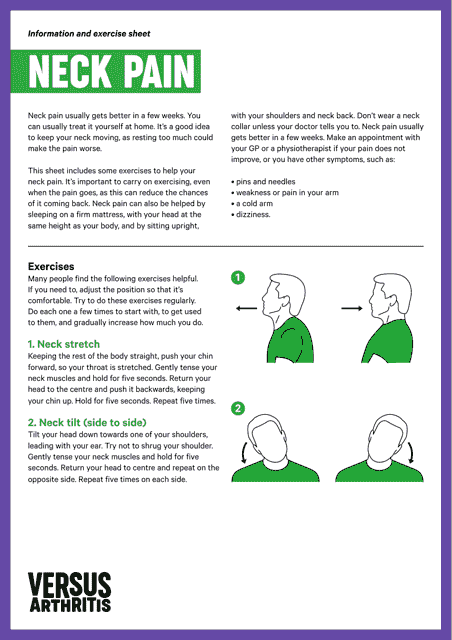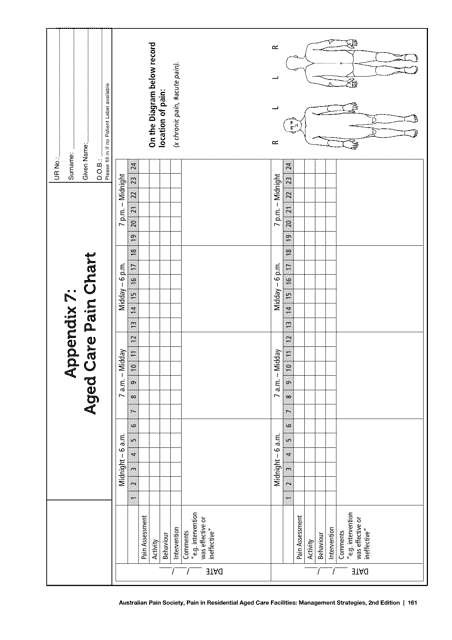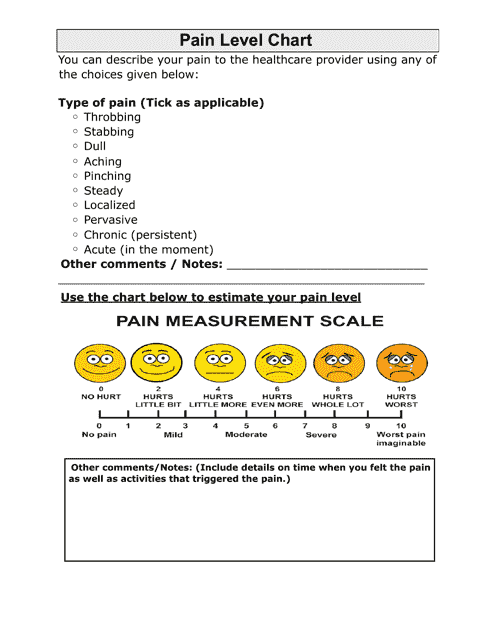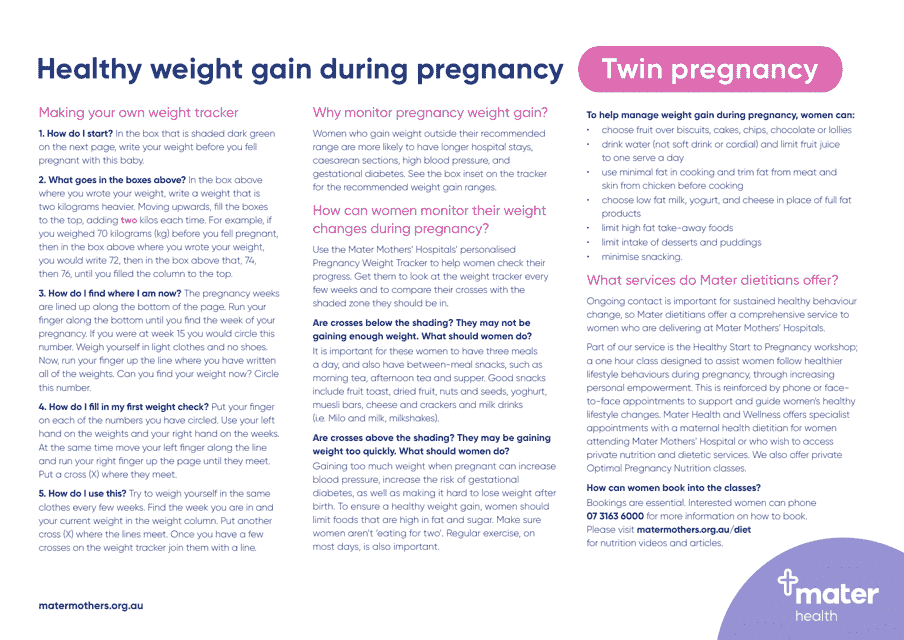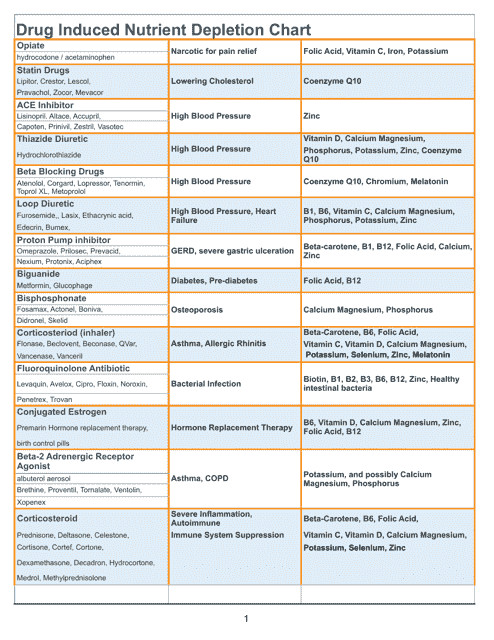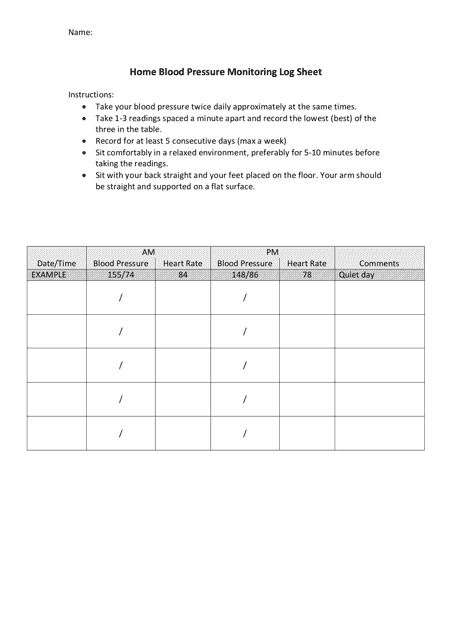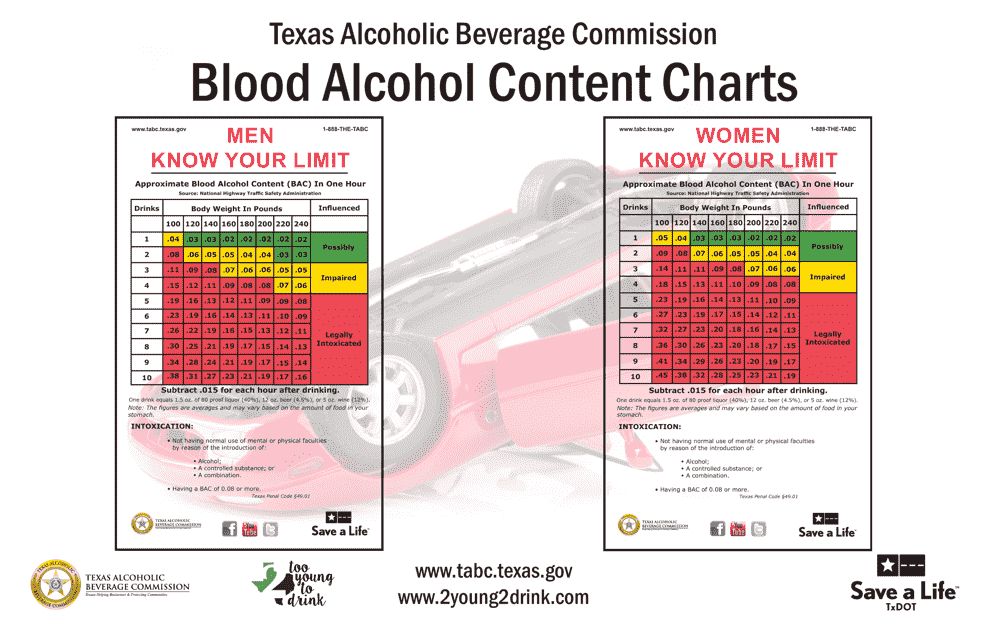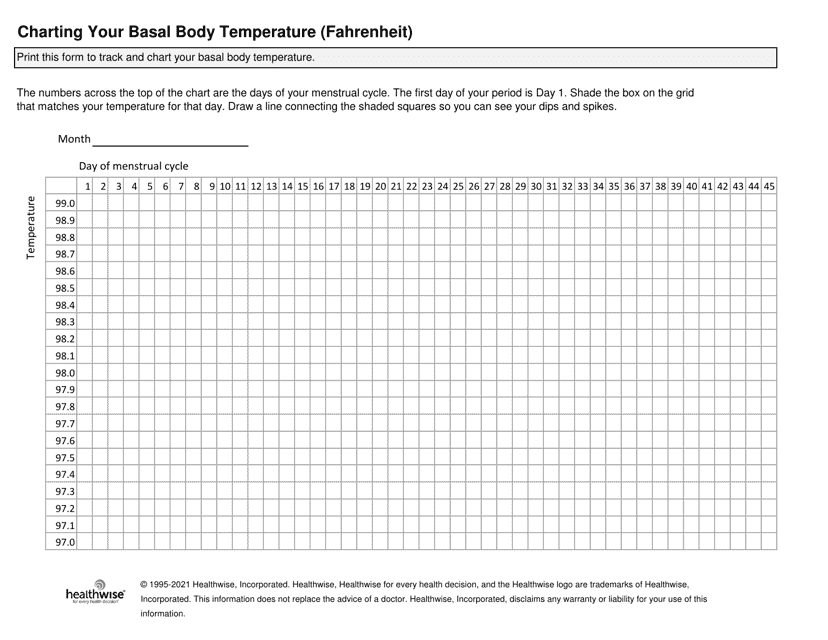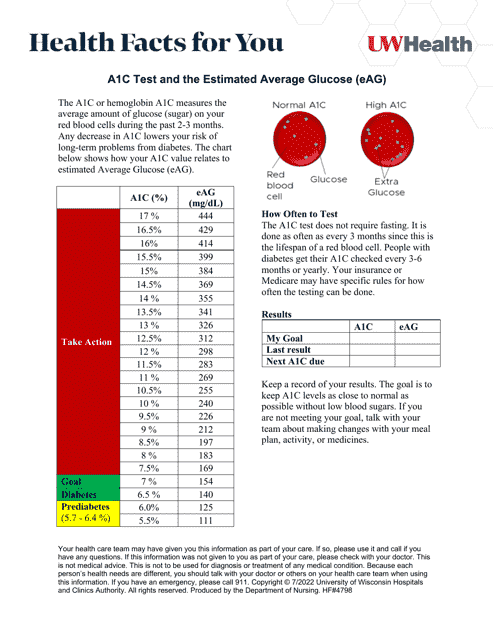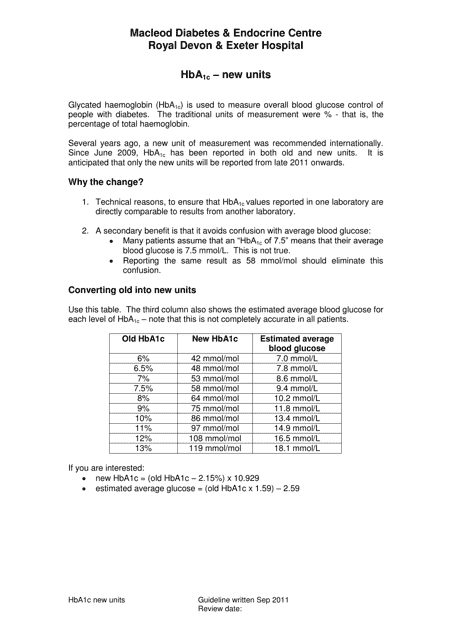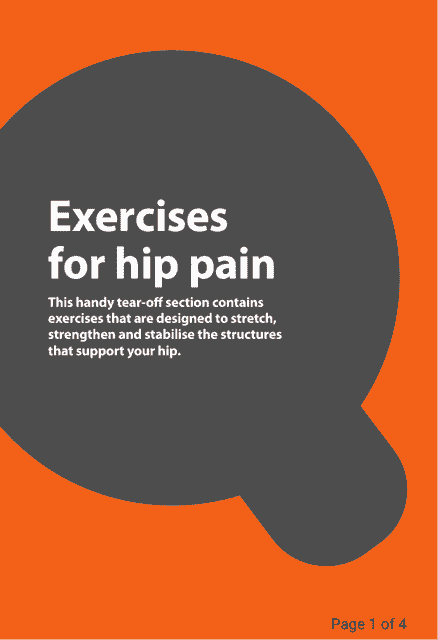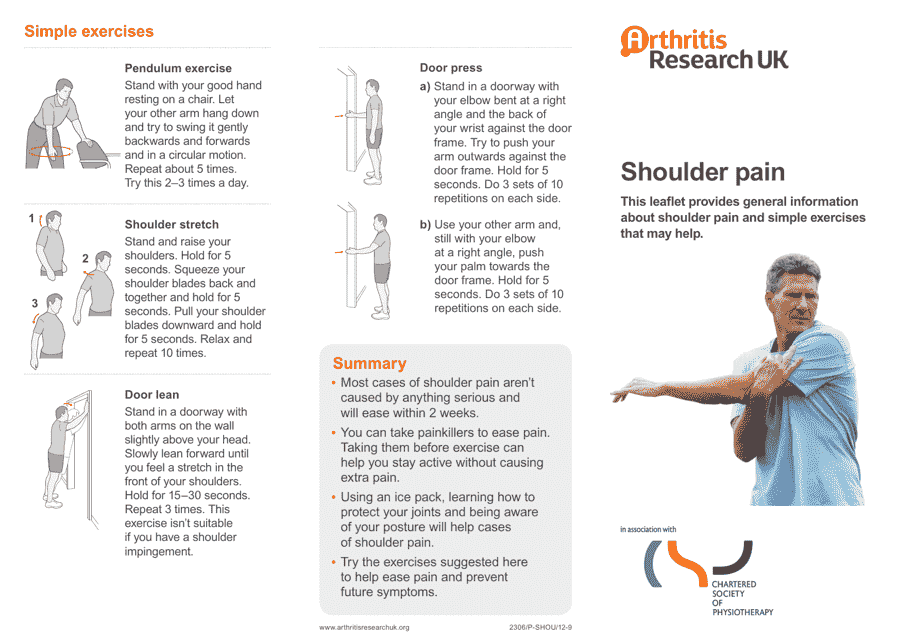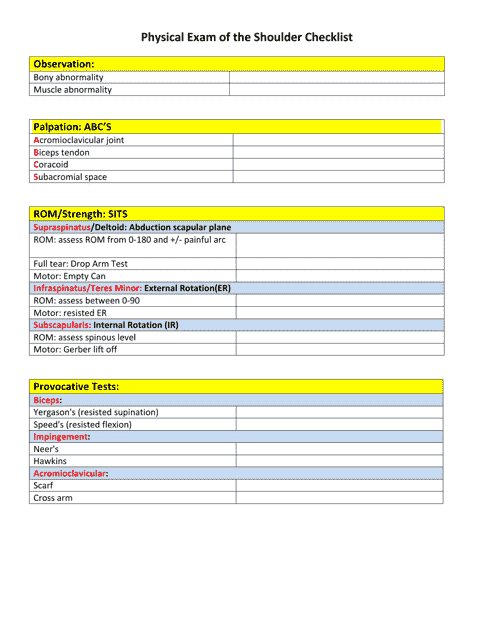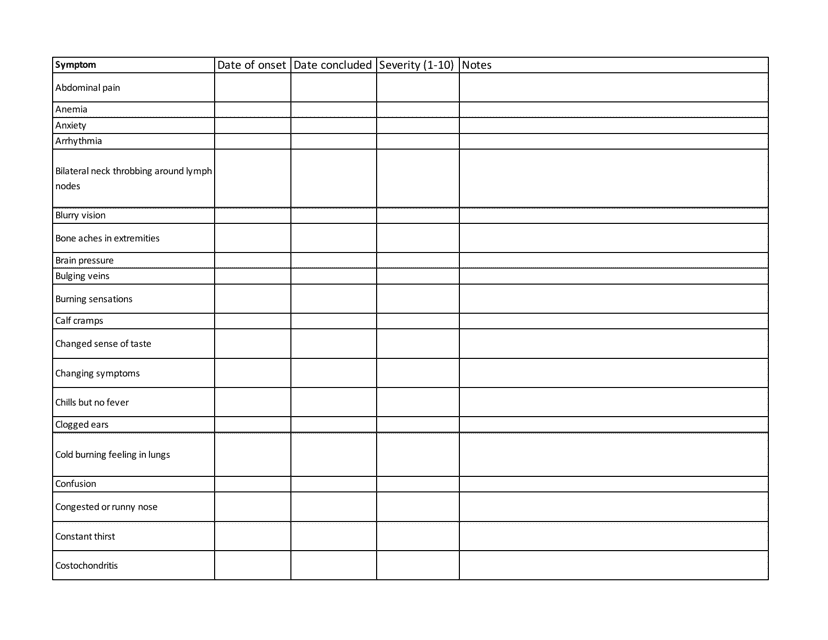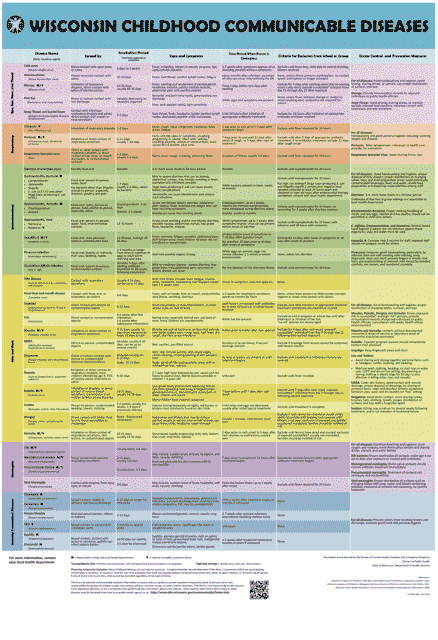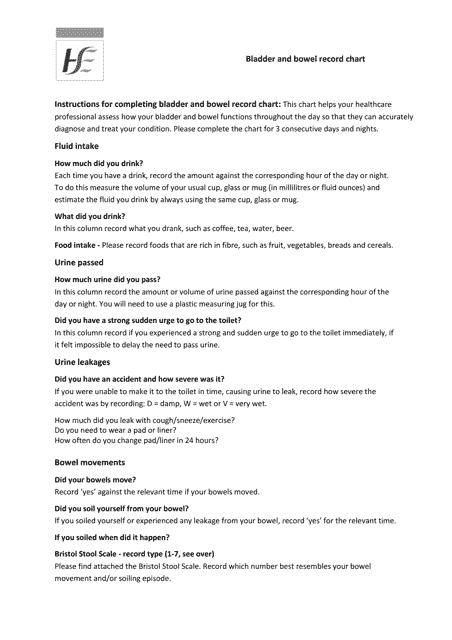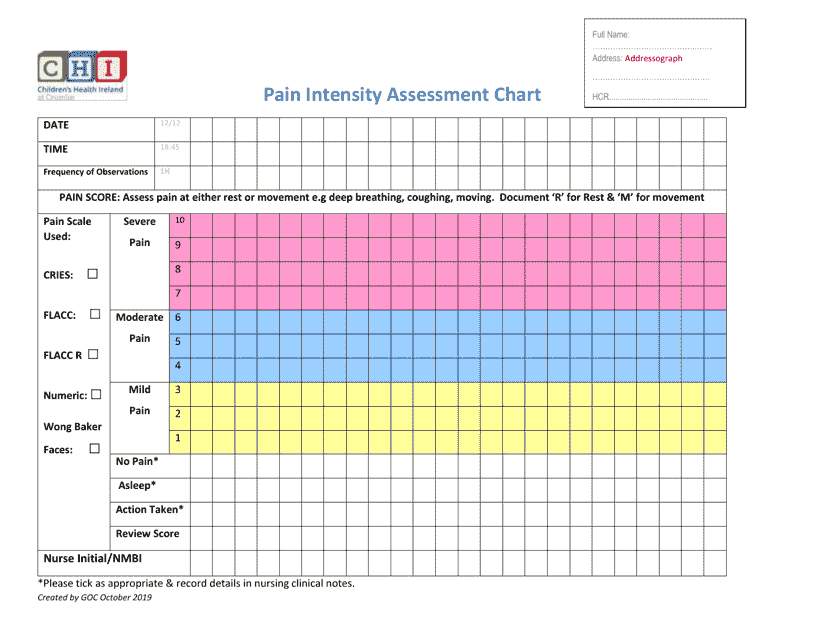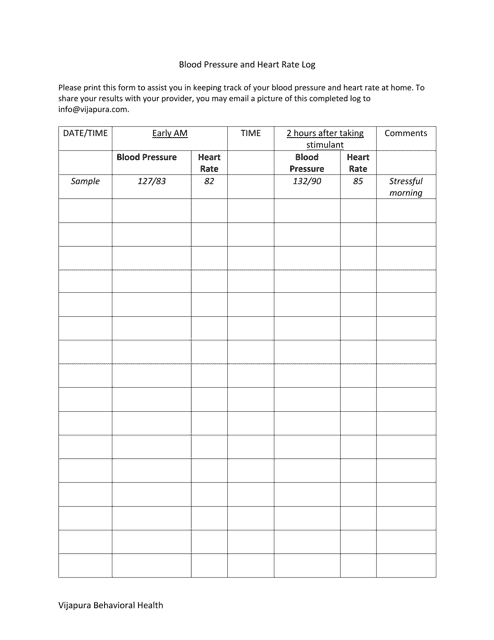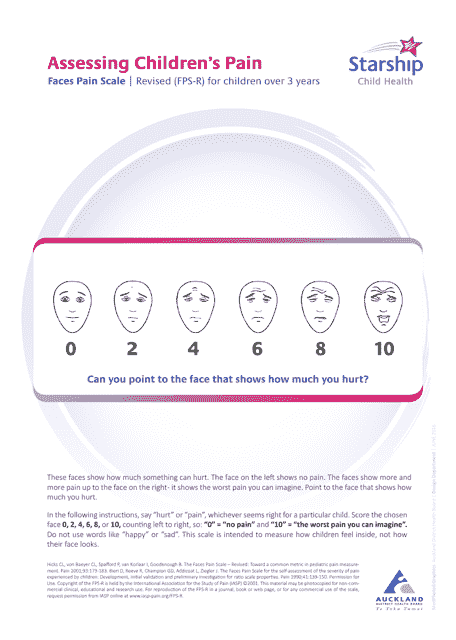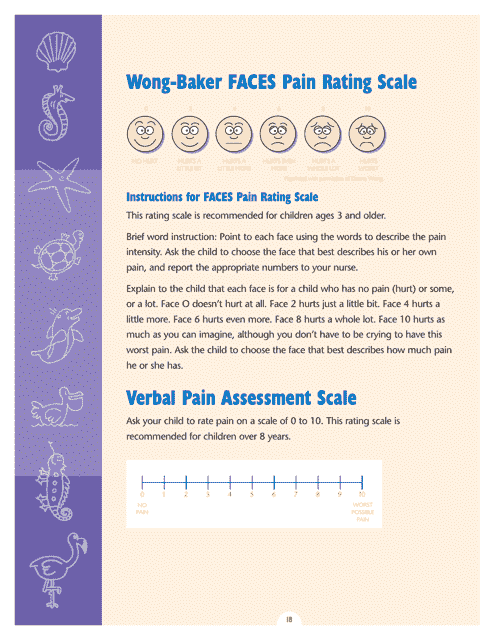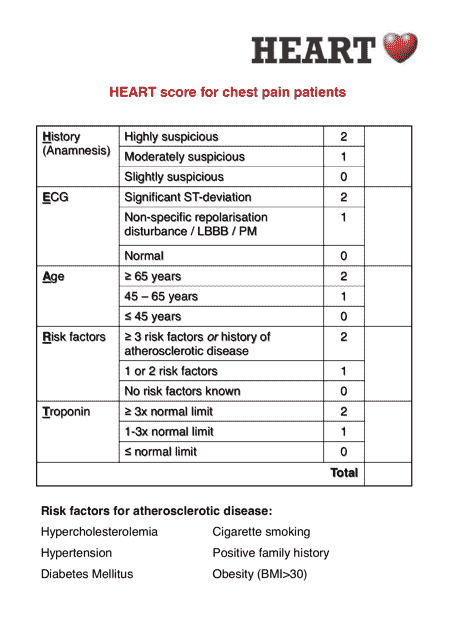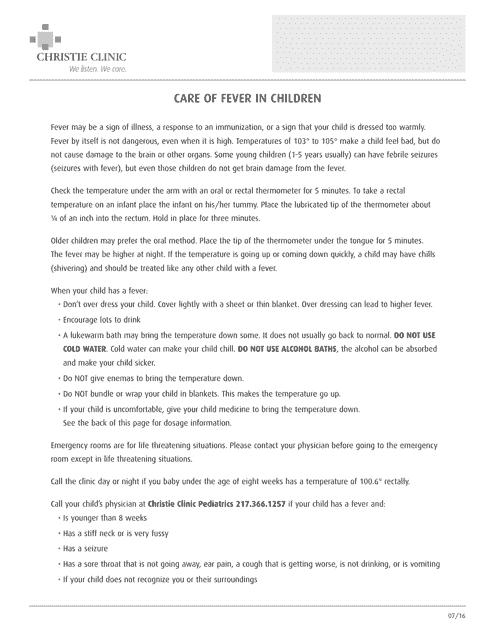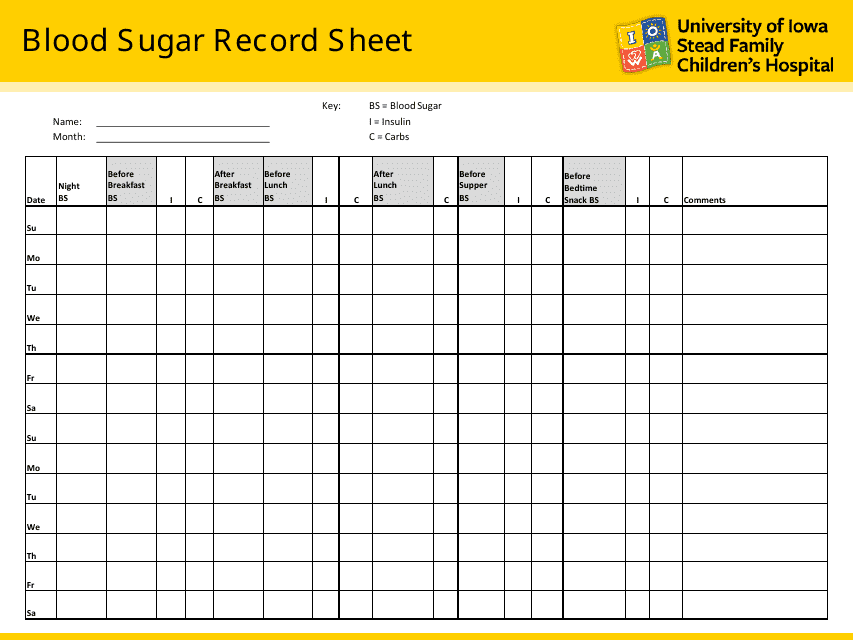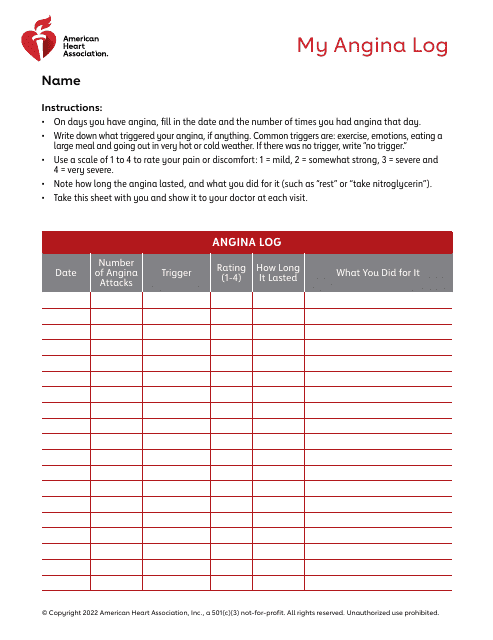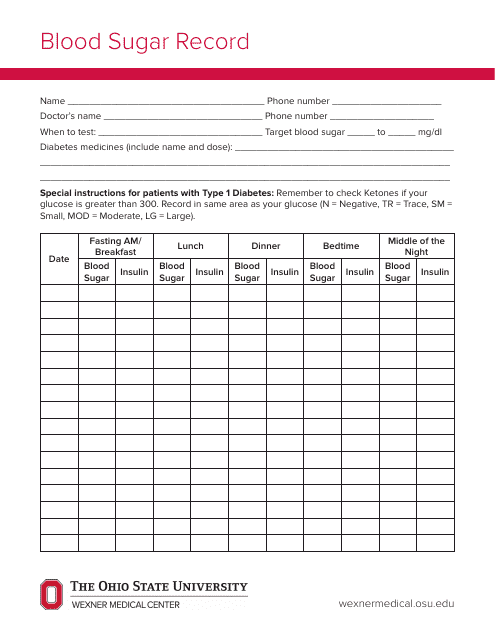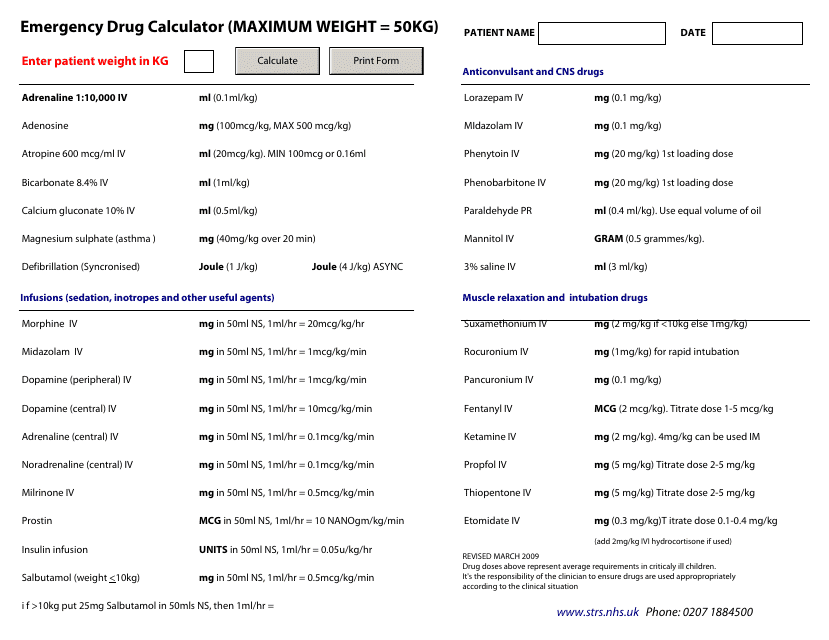Free Medical Chart Templates
Documents:
884
This document is a chart that helps parents track their baby's feeding and diaper changes. It provides a convenient way to monitor and record essential information about their baby's daily routines.
This document provides information on the different blood types found in felines. It can be helpful for veterinarians and cat owners to understand the compatibility of blood transfusions between cats.
This type of document is a pattern chart for children's stools. It provides a guide for creating different designs for children's stools.
This document describes the Mankoski Pain Scale, a tool used to measure and communicate pain levels.
This document displays a chart that shows the different levels of blood pressure to help you understand and manage your health.
This document provides information and exercises to help with neck pain. It includes tips for managing and relieving neck pain and a series of exercises specifically designed to strengthen and stretch the neck muscles.
This type of document is a chart that provides guidelines for how much weight a woman should gain during pregnancy. It helps monitor weight gain and promote a healthy pregnancy.
This chart helps identify different types and colors of stool in order to monitor and understand digestive health.
This chart is used in aged care settings to track and assess pain levels in elderly individuals.
This document describes a pain level chart that is used to assess and rate the severity of pain experienced by individuals. It provides a visual scale that allows healthcare professionals to determine the intensity of pain reported by patients.
This document is a pregnancy meal planner that helps expectant mothers plan and maintain a healthy diet throughout their pregnancy.
This document provides a pregnancy weight gain chart specifically for women expecting twins. It offers guidelines on how much weight is recommended to be gained during each trimester of a twin pregnancy.
This document provides a chart that shows how certain medications can deplete essential nutrients in the body. It helps individuals understand and manage potential nutrient deficiencies caused by prescribed drugs.
This document provides a chart that lists common drugs and the nutrients they may deplete in the body. It can be used as a reference guide to help identify potential nutrient deficiencies caused by medication use.
This document provides a chart that shows the nutrients that may be depleted by certain medications. These nutrient depletions can have an impact on your health and may require dietary adjustments or supplementation.
This document for tracking and recording your blood glucose levels on a weekly basis. It helps you monitor your diabetes management and share valuable information with your healthcare provider.
This document is a log sheet to record blood pressure measurements taken at home. It helps individuals track and monitor their blood pressure levels over time.
This document provides charts that show the Blood Alcohol Content (BAC) levels based on the number of drinks consumed. BAC is a measure of the alcohol concentration in a person's bloodstream and can help determine intoxication levels.
This document is a chart used to track and record basal body temperature (measured in Fahrenheit) for monitoring fertility.
This document provides a chart that shows the different levels of A1c test results, which measure blood sugar control. It is provided by UW Health.
This document is a conversion chart that helps in converting HbA1c values from one unit system to another.
This document provides a sheet of exercises specifically designed to help alleviate hip pain. It includes step-by-step instructions and illustrations for performing each exercise.
This document provides a sheet of exercises specifically designed to help alleviate shoulder pain. These exercises can be performed at home and may help improve flexibility and strength in the shoulder.
This document is a checklist used by healthcare professionals to perform a thorough examination of the shoulder joint. It is designed to ensure all relevant aspects of the shoulder are evaluated, including range of motion, strength, and specific tests for possible injuries or conditions.
This document provides a chart that helps identify common symptoms and their possible causes.
This document provides information on childhood communicable diseases prevalent in Wisconsin, including symptoms, treatment, and prevention measures. It serves as a comprehensive guide for parents and healthcare professionals.
This type of document is used for keeping track of bladder and bowel movements. It is a chart that helps monitor the frequency and consistency of urination and bowel movements.
This document provides a chart for assessing pain intensity. It helps individuals and healthcare professionals to measure and track the severity of pain experienced by patients.
This document provides a chart that displays the recommended maximum dosage and coverage information for respiratory medications. It is helpful for individuals looking to manage their lung health.
This document is a weekly chart to track the growth and development of a fetus during pregnancy. It provides information on the average size and weight of the fetus at each week of pregnancy.
This document is used for logging and tracking blood pressure and heart rate readings. It helps in monitoring and managing cardiovascular health.
This document provides the Faces Pain Scale (Fps-R) for assessing children's pain. It is a helpful tool for healthcare professionals to understand and measure a child's pain level.
This document provides a visual chart called the Wong-Baker Faces Pain Rating Scale, which is used to assess and rate pain levels. The chart features a series of facial expressions ranging from smiling to crying, serving as a tool to help individuals, especially children, express and quantify their pain.
This document provides a chart that shows the different heart rate zones based on age and exercise intensity. It can help individuals monitor their heart rate during workouts and ensure they are exercising at an appropriate level.
This type of document provides a dosage chart for medications used to treat fever in children. It is a helpful guide for parents to determine the appropriate dosage based on the child's age and weight.
This document is designed for individuals to track and monitor their blood glucose levels regularly, especially those suffering from diabetes. It helps to record daily insulin doses, carbohydrate intake, and blood sugar levels before and after meals, facilitating informed discussions with healthcare professionals.
This document provides a format for monitoring and tracking instances of angina as per the American Heart Association guidelines. It is meant to assist patients and healthcare professionals in managing heart conditions effectively.
This document is designed for keeping track of your blood glucose levels. Provided by the Ohio State University Wexner Medical Center, it allows for easy documentation of daily readings and is crucial for people with diabetes or other related health conditions.
This document provides a detailed guideline for monitoring and managing fever symptoms in children, from the medical experts at Blue Fish Pediatrics. Helpful for tracking temperature changes and when to seek medical attention.
This document provides a comprehensive table and calculation tool used in the United Kingdom for determining the correct dosage of emergency drugs.

